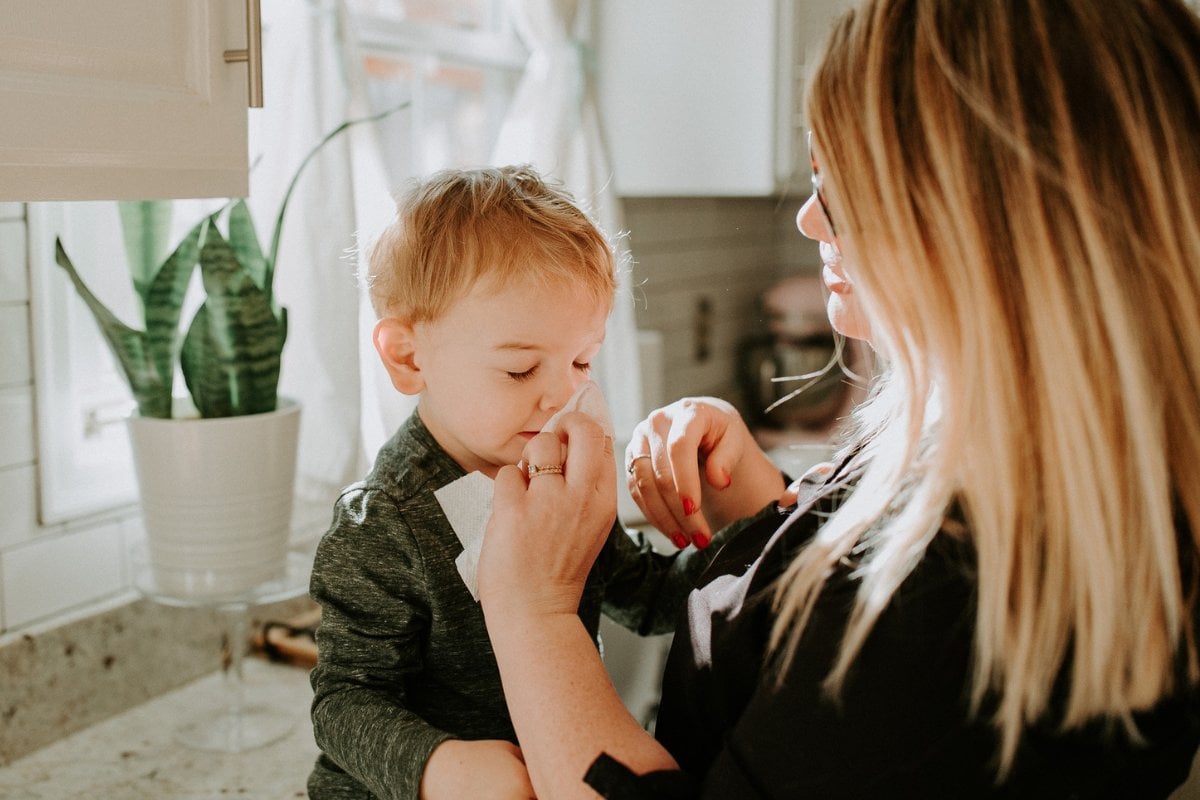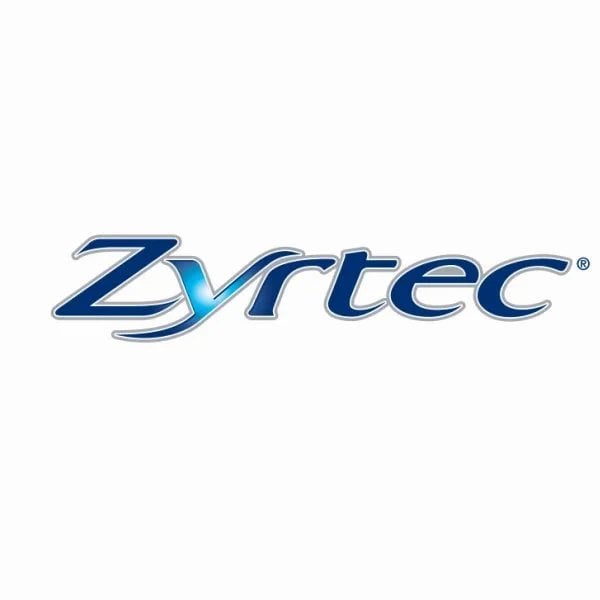

In the hazy crazy early days of parenthood, each little sniffle can feel like cause for alarm. Then the daycare bugs come marching one-by-one, the primary school lurgies come two-by-two and you eventually learn to stop flinching each time your kiddo brings home a new friend (the contiguous kind).
Then the doubt creeps in. Am I missing something? Do all kids sneeze this much? Is he just tired from school, or could it be something else?
The reality is, parenthood is one giant guessing game, but when it comes to childhood allergies, there are certain signs your little one might be affected, and some of them may surprise you.
I was such an allergic little thing as a kid. From asthma to eczema to the seasonal sneezies – I had it all, but it didn’t stop me from running amuck.
Is it allergies or cold and flu? How to spot the difference.
For kids who are allergy prone, it's that their little bodies are mistaking pollen for a foreign invader like a bug or germ, causing their immune system to kick into gear, as if it would when fighting a bug.
This triggers the release of chemicals known as histamines, which can cause inflammation, itchiness in the eyes, nose, and throat, and frequent attempts at flushing the system of pollens (a big sneeze!).
My little one often comes inside after a big day outdoors grinning wide with a nose like a tap, and I wonder if it’s allergies or the start of a new cold.
While each trigger is different, the response in a child with allergies will fundamentally be the same. Soon after exposure to a trigger, your little one may begin to sneeze repeatedly, feel itchiness in the nose and start to develop red, watery eyes – poor little poppets. This rapid onset of symptoms after exposure is one of the biggest differences between allergies and a virus.

